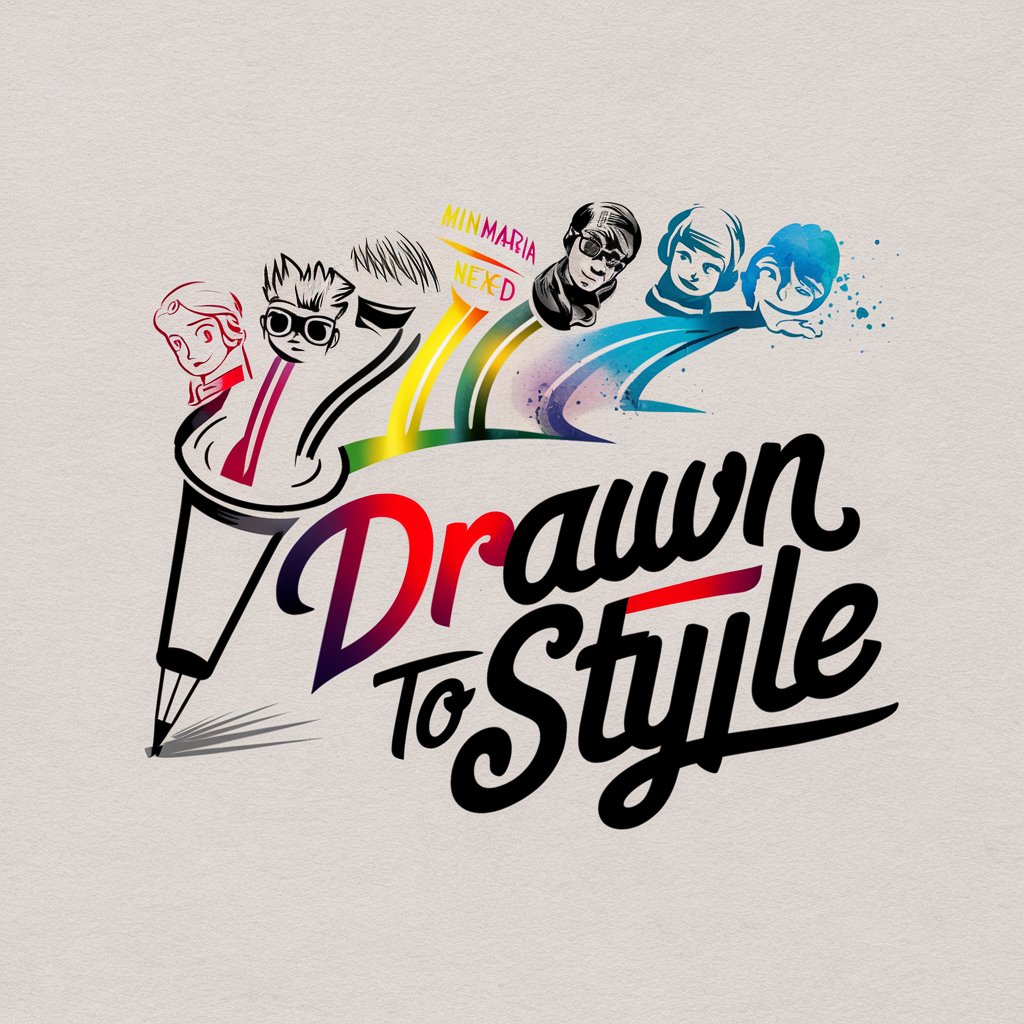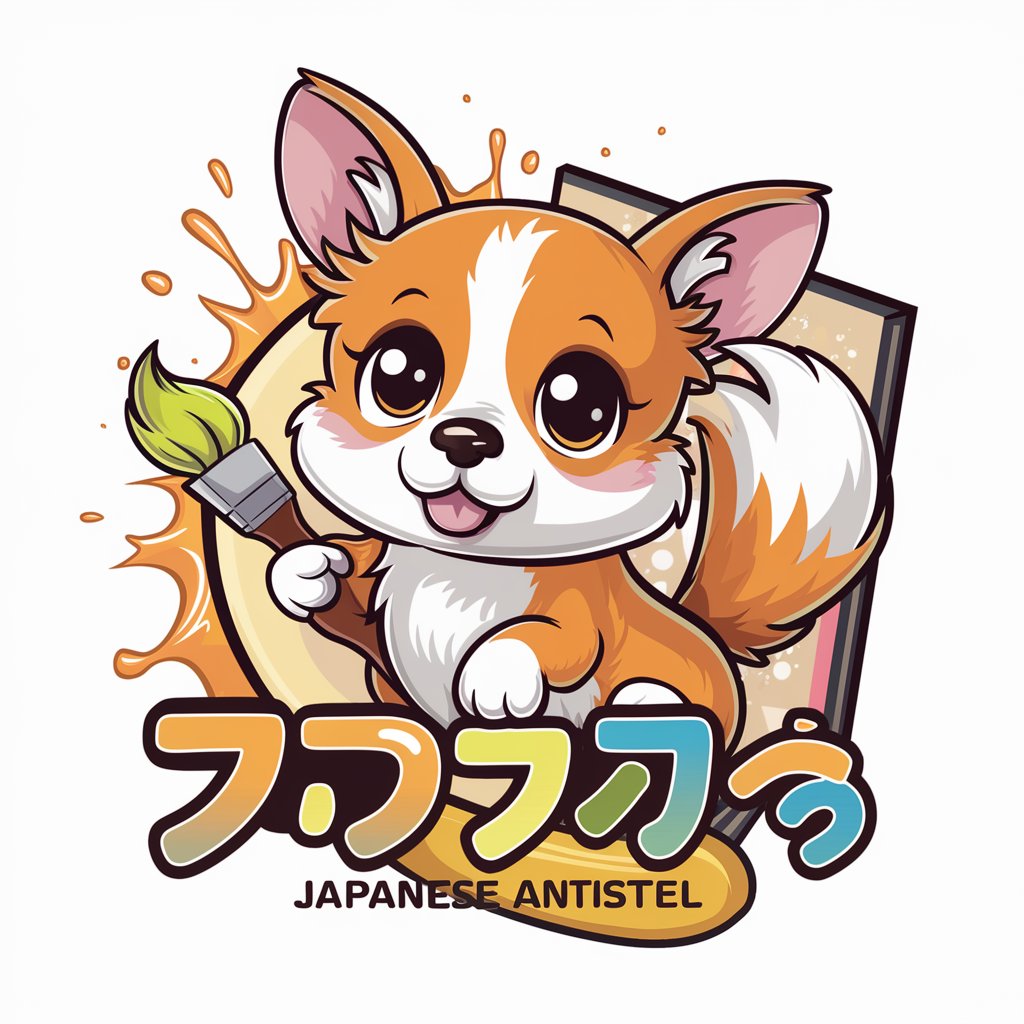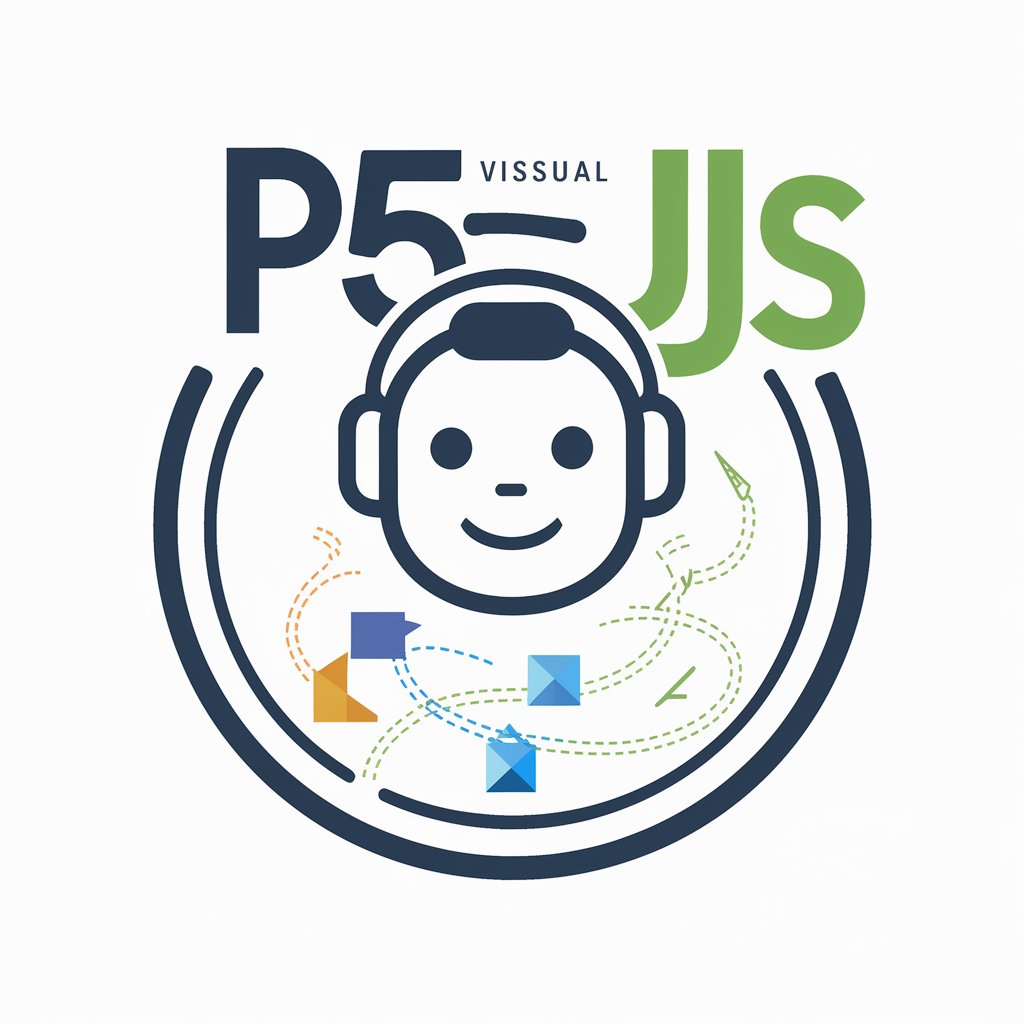
Sketch Artist-AI sketch outlines
AI-powered black-and-white sketch generator

Need help imagining your next art piece? This GPT will generate a realistic sketch of anything you ask it for. Simply type it in, and we'll do the rest! Type "Info" for more information.
A hand drawing a hand drawing a hand
A dog painting a cat
Artificial intelligence
A cube
Get Embed Code
Introduction to Sketch Artist
Sketch Artist is an advanced digital tool designed for users who require high-quality sketching and drawing capabilities, often with a focus on creating initial concepts, ideation, and visualizations. ItSketch Artist details is ideal for anyone from artists to professionals in design and architecture, offering a versatile, intuitive platform to create rough drafts or polished images. Unlike traditional drawing programs, Sketch Artist aims to simplify the sketching process with accessible tools that allow for rapid iteration and experimentation. Its features cater to both beginners and seasoned designers, providing a wide range of brushes, textures, and support for different types of media (digital and hand-drawn). For instance, a designer could use Sketch Artist to quickly illustrate concepts for a client pitch, or an architect might use it to sketch a rough layout of a building, experimenting with scale and form before refining their designs in more complex CAD software.
Main Functions of Sketch Artist
Customizable Brushes and Tools
Example
The program offers an array of brushes (pencil, charcoal, watercolor, etc.) that can be customized in terms of opacity, pressure sensitivity, and texture. ThisSketch Artist Overview enables users to replicate traditional media effects digitally.
Scenario
A concept artist working on a movie might use a soft brush to quickly sketch character ideas with the same fluidity as traditional pencil and paper. The user can easily adjust the brush size and pressure to create light, airy strokes or heavy, defined lines depending on the artistic vision.
Layer Management and Blending Modes
Example
Sketch Artist supports multi-layer functionality, allowing users to separate different elements of their sketch (e.g., background, characters, and foreground) into distinct layers. Additionally, blending modes can be applied to layers to create specific visual effects.
Scenario
An illustrator creating a digital portrait might place the background on one layer, facial features on another, and clothing on yet another. With blending modes, they can adjust how the light and shadows interact across different parts of the image, giving the portrait a more dynamic feel and refining details without altering the original layers.
Gesture and Shortcut Support
Example
Sketch Artist supports gesture-based commands (e.g., pinch-to-zoom, swipe to undo) and customizable keyboard shortcuts to streamline the workflow. These functions are especially useful for users working on large projects or in fast-paced environments.
Scenario
A UX/UI designer working on a wireframe might use gestures to quickly zoom in and out on specific elements of the design, or employ keyboard shortcuts to toggle between different layers and tools, allowing them to work more efficiently during the design process.
Ideal Users of Sketch Artist
Digital Artists and Illustrators
This group includes professional illustrators, character designers, and concept artists who rely on digital tools to create high-quality artwork. Sketch Artist allows them to experiment freely, sketch quickly, and generate concept designs efficiently. With customizable brushes and a wide range of textures, digital artists can simulate various media, such as pencils, ink, or paint, giving them the flexibility they need to create diverse visual styles.
Designers (Product, UI/UX, Graphic)
Designers involved in product design, user interface design, or graphic design will find Sketch Artist useful for rapid prototyping and creating initial sketches or wireframes. With support for layers, blending modes, and quick adjustments, designers can quickly refine ideas, experiment with color schemes, and present visual concepts to clients or team members before moving on to final designs in more specialized software.
Architects and Urban Designers
Sketch Artist is also ideal for architects who need to create quick sketches and concepts of buildings, landscapes, or structures. The ability to quickly sketch out layouts, experiment with proportions, and refine concepts before transferring them to CAD software makes it an invaluable tool in the early stages of design. Urban designers can similarly use it to create rough, editable layouts of urban spaces to illustrate ideas for planning and development.
Educators and Students in Creative Fields
Educational institutions teaching visual arts, design, and architecture can integrate Sketch Artist into their curriculum, enabling students to explore and experiment with digital art tools. For students, Sketch Artist provides a platform to develop their skills without needing expensive hardware or software, and its intuitive interface makes it accessible for beginners learning the fundamentals of sketching and design.
How to use Sketch Artist
Visit aichatonline.org for a free trial without login, also no need for ChatGPT Plus.
Open the site to try Sketch Artist immediately — no signup or ChatGPT Plus required.
Provide a clear prompt or type 'randomize'
Give a concise, descriptive instruction (subject, pose, perspective, mood). Alternatively enter the single word 'randomize' to receive a surprise sketch. Include whether you want color (optional).
Specify composition and style constraints
Request full subject in frame, viewpoint (front/3/4/side/top), line quality (rough pencil, fine ink), and any reference cues (era, clothing, era, props). Indicate output intent (concept, storyboard, character sheet).
Iterate and refine outputs
Use follow-up prompts to adjust pose, proportions, or line weight. Ask for alternate angles, simplified shapes, or more/less detail. Save each version and compare to choose a foundation for final art.
Prerequisites and tips for best results
Prerequisites: modern browser and decent internet. Tips: be specific about anatomy and perspective, request 'hand-drawn pencil strokes' for a crude outline look, keep prompts focused (subject + pose + viewpoint), supply reference images when possible, and request 'full subject in frame' toUsing Sketch Artist avoid cropped results.
Try other advanced and practical GPTs
Sketch
AI-powered creativity at your fingertips.

GPTofGPTs
AI-powered solutions for every need.
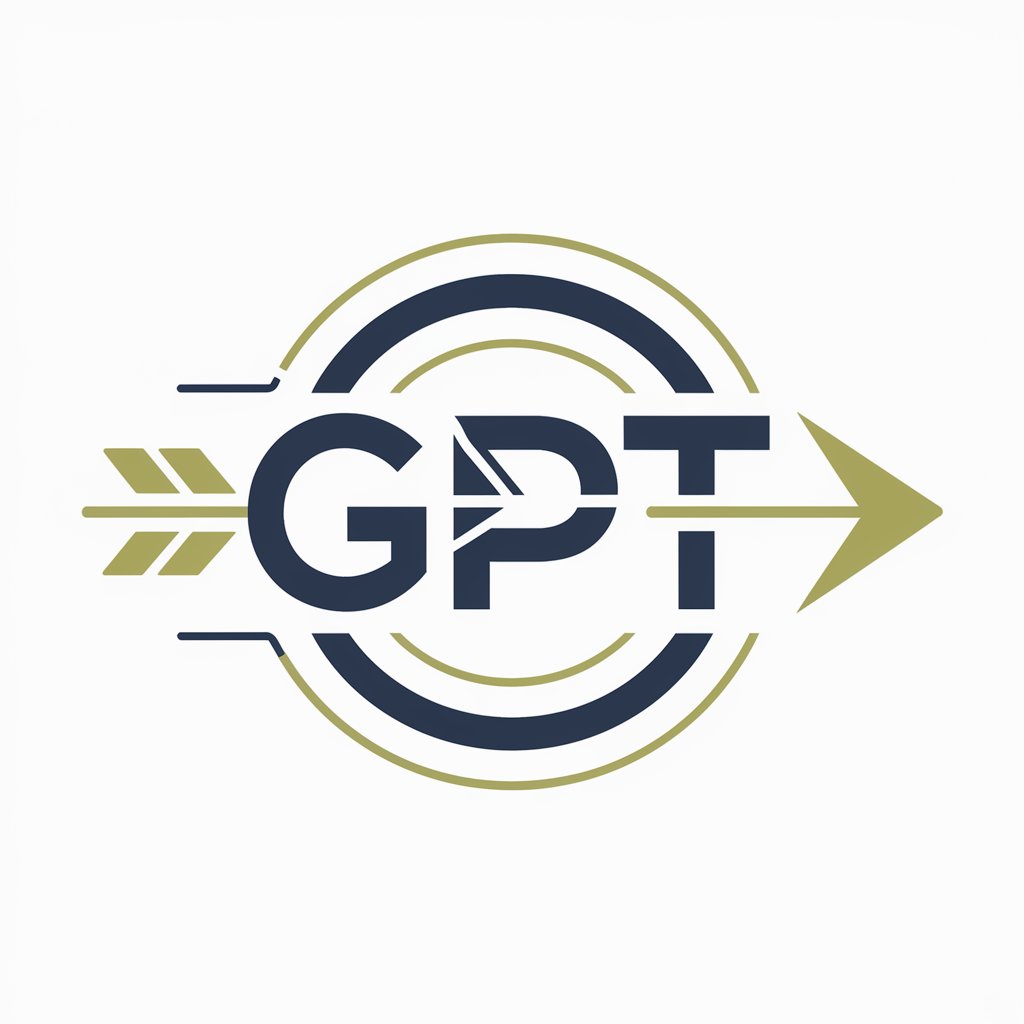
特許図面風イラストメーカー
AI-powered tool for precise patent drawings
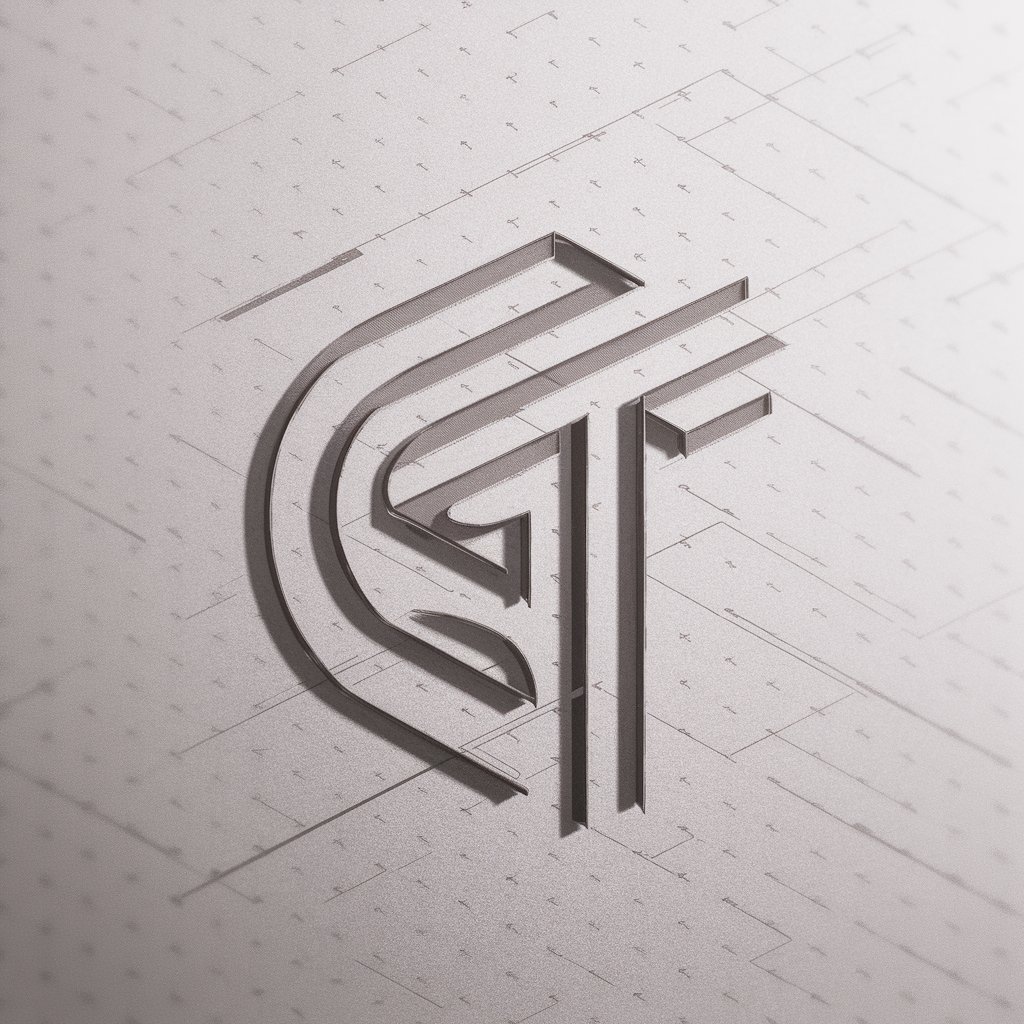
AutoExpert (Dev)
AI-powered solutions for seamless workflows
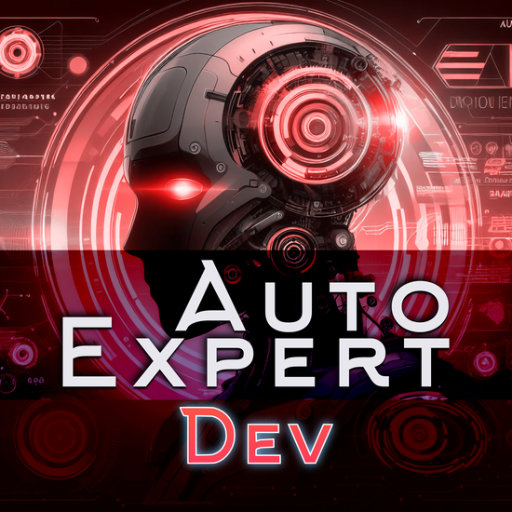
文案GPT
AI-powered content creation at your fingertips.
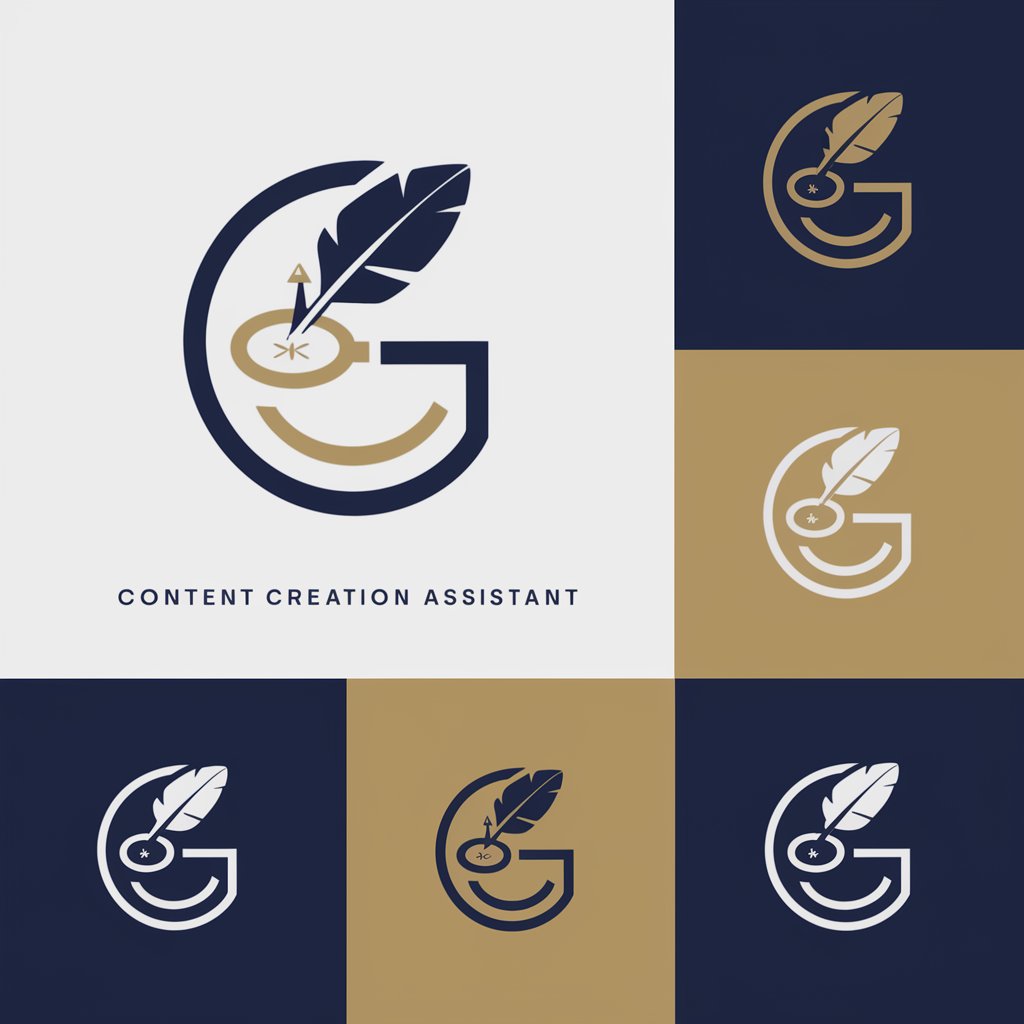
DoctorGPT
AI-powered medical insights and explanations.

Creative Answers & Brainstorm GPT
Unleash your creativity with AI-powered brainstorming.

ADVOGADO DO CONSUMIDOR
AI-Powered Legal Solutions for Consumers

POpAI
AI-powered assistance for any task.

Brief Bot
AI-powered legal case brief generator.
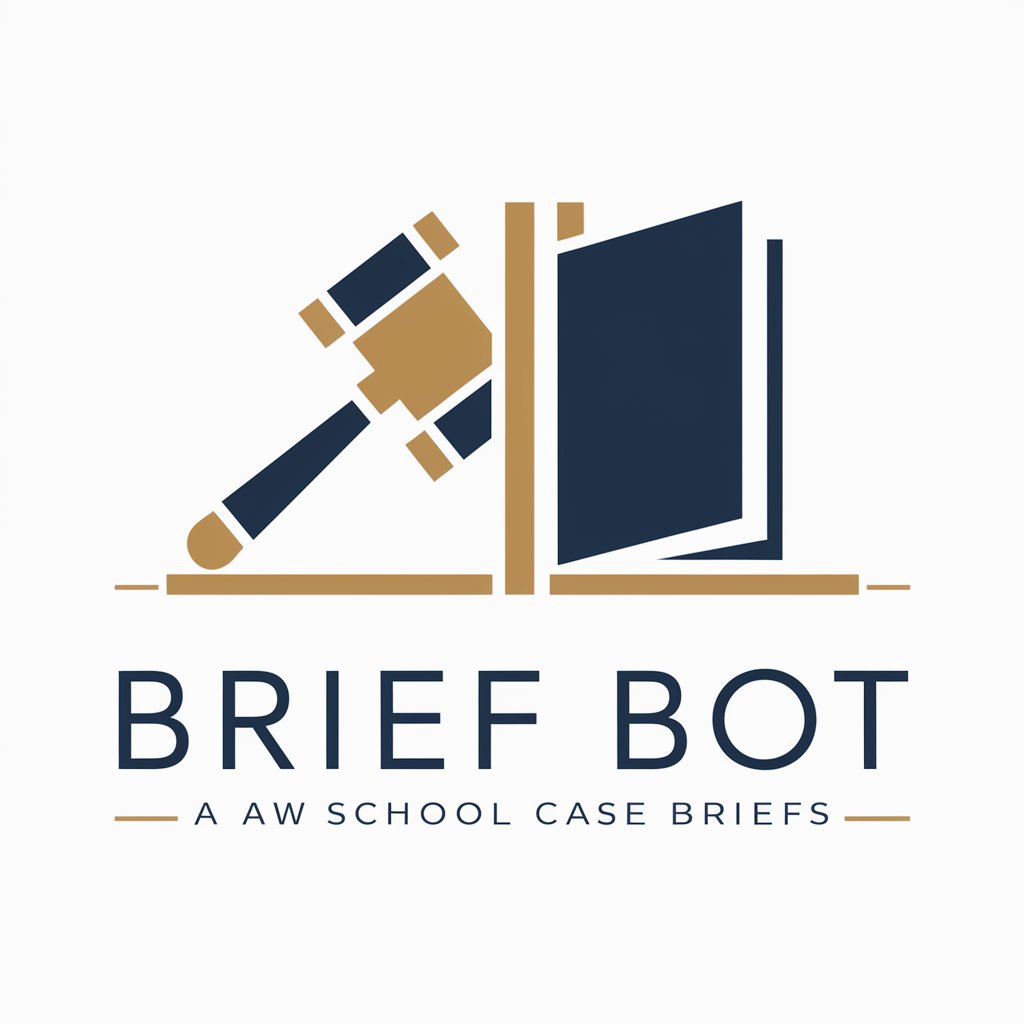
Eleven Labs - Text-to-Speech enhancer
AI-powered studio for hyper-realistic speech
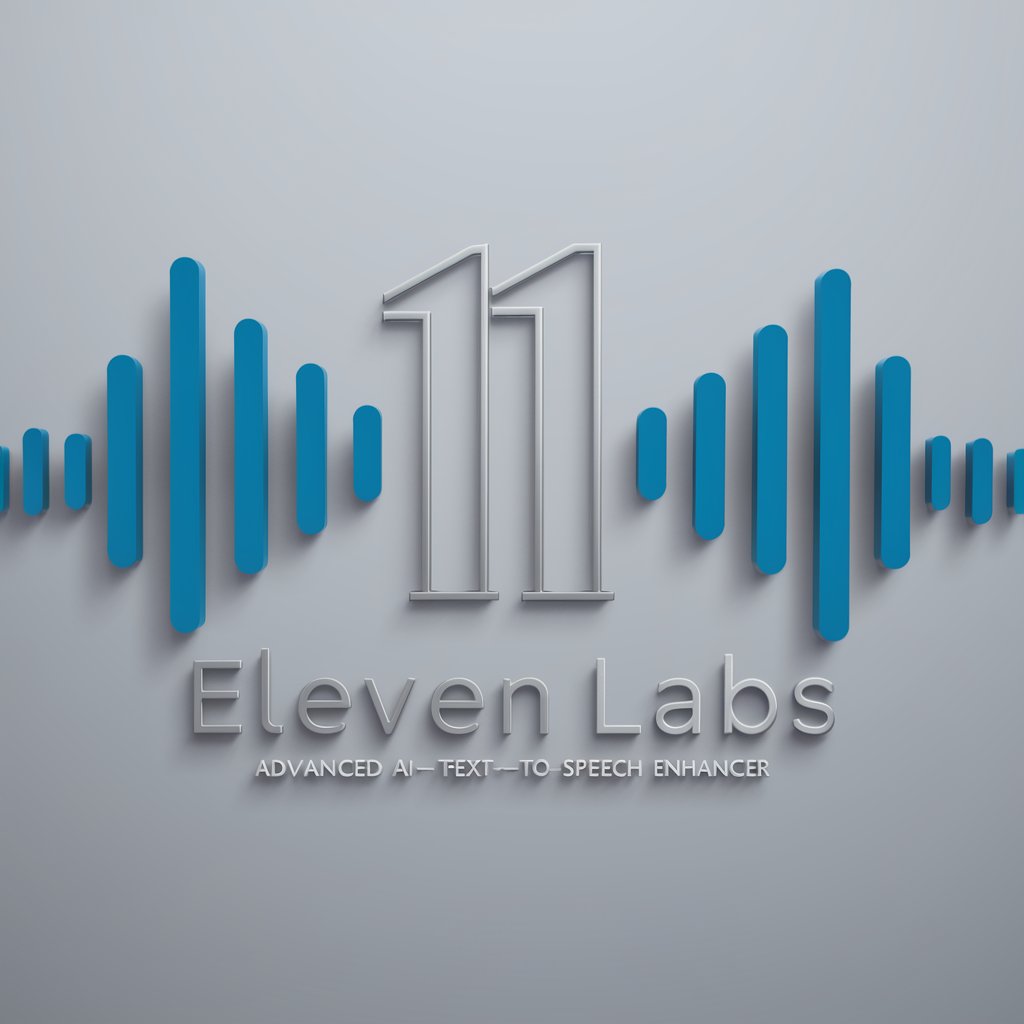
Metallurgy Mate
AI-driven tool for material science analysis
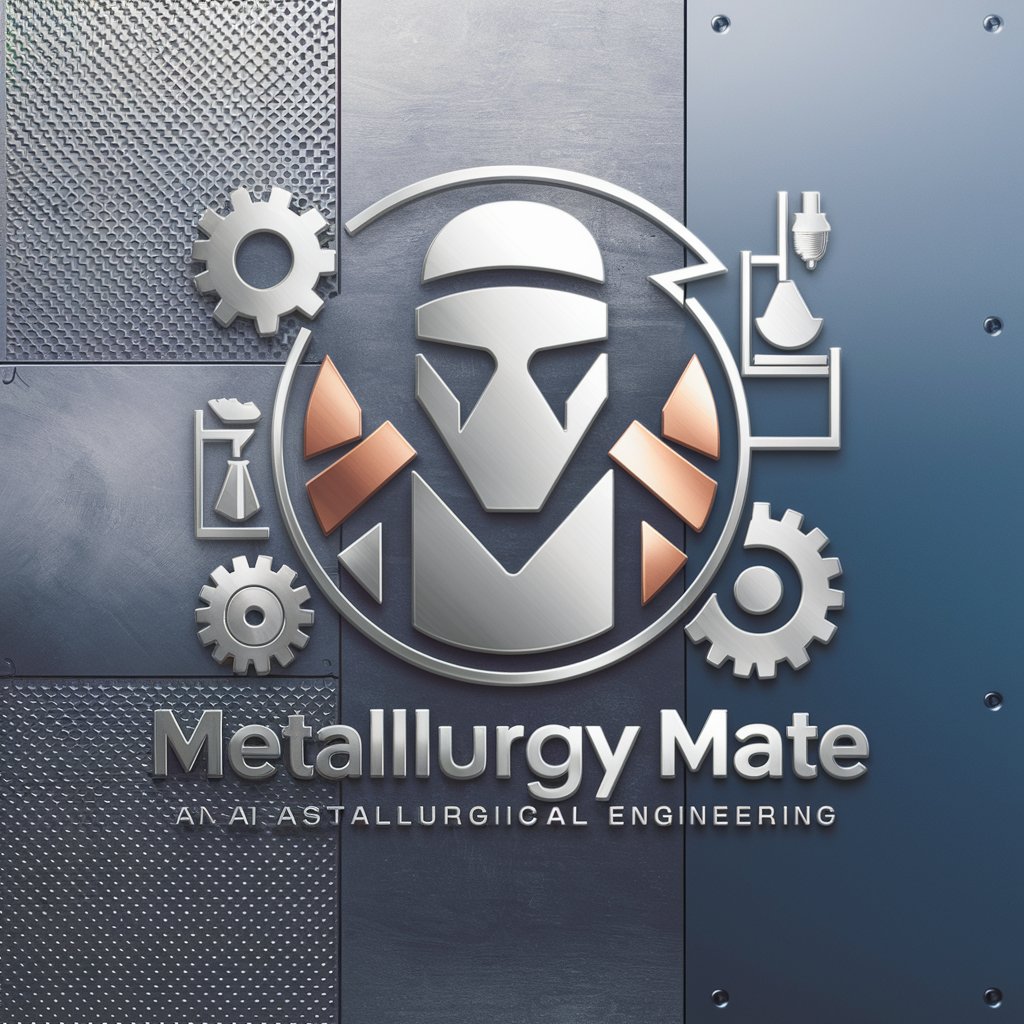
- Character Design
- Storyboarding
- Concept Sketches
- Environment Studies
- Composition Planning
Common questions about Sketch Artist
What output format and style does Sketch Artist produce?
Sketch Artist generates black-and-white outline sketches that mimic crude hand-drawn pencil strokes. Outputs are framed so the entire subject is visible. You can optionally request a color version, but the default is a monochrome line sketch suitable as a concept foundation.
Can I control composition, perspective, and line quality?
Yes. Prompts can specify viewpoint (e.g., 3/4, profile, top-down), framing (full-body in frame), and line descriptors (rough pencil, light sketch, heavy ink). The more precise you are with pose, camera angle, and stylistic adjectives, the closer the sketch will match your intent.
Are there usage or licensing restrictions for generated sketches?
Sketch Artist is designed to provide concept sketches for creative work. Typically, you may use the generated sketches as references in personal and commercial projects, but always check the platform’s specific terms of service for licensing details and any attribution requirements.
How do I get iterative improvements or variations?
Request variants by referencing the sketch number or describing edits (e.g., 'make pose more dynamic, raise left arm, slimmer waist, rougher strokes'). Ask for alternate angles, simplified silhouettes, or more detailed linework to refine the concept quickly.
What are common use cases and limitations?
Use cases: character concepting, storyboarding, quick environment thumbnails, composition planning, and visual brainstorming. Limitations: not intended for photorealism or fine polished illustrations—expect a rough outline; complex trademarked/explicit content may be restricted per platform policy.

